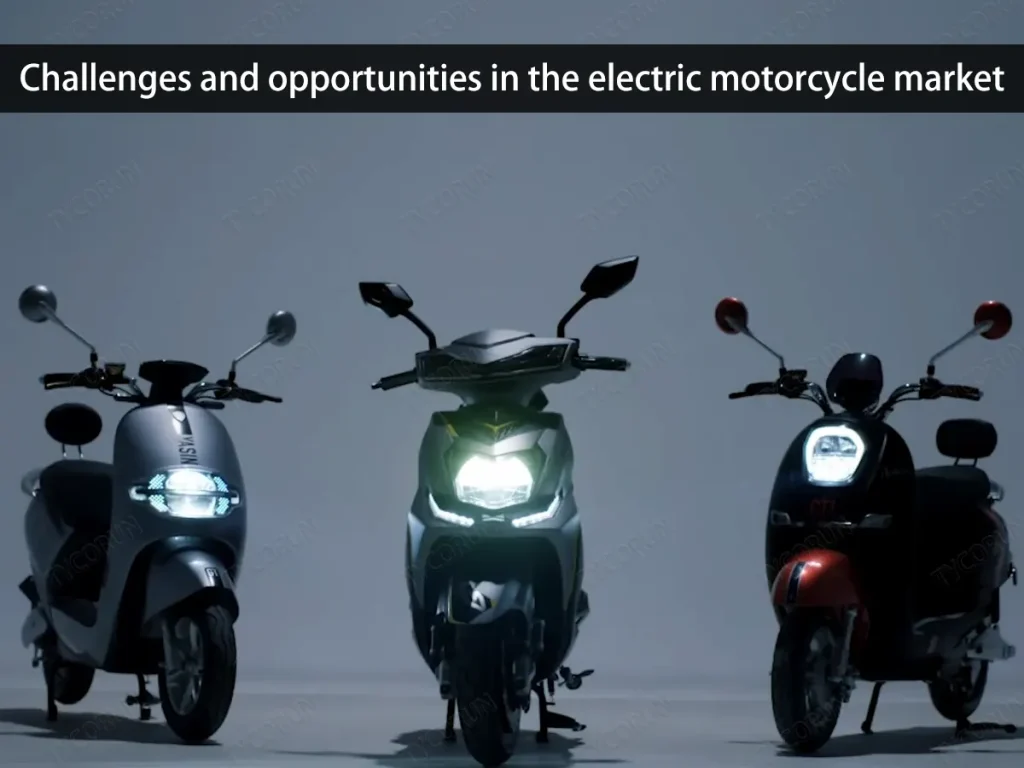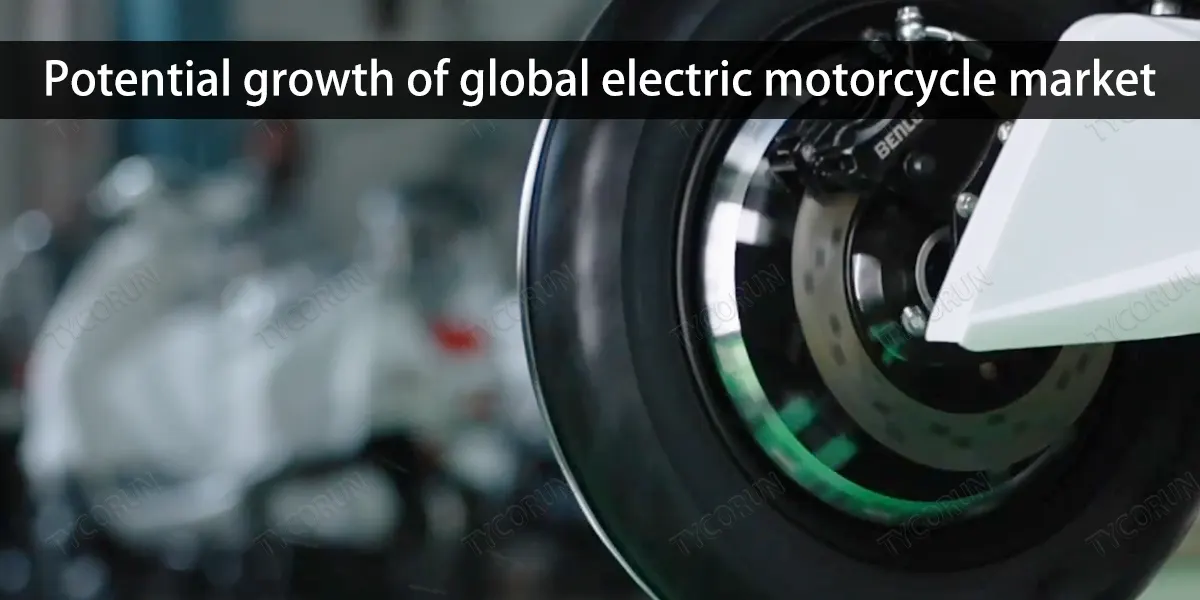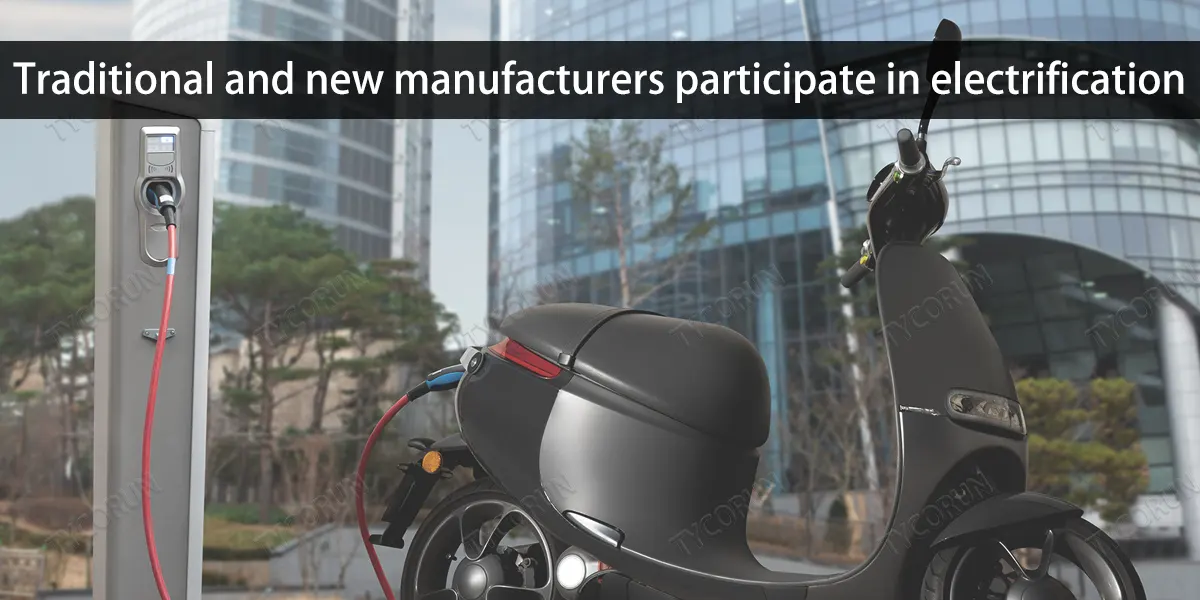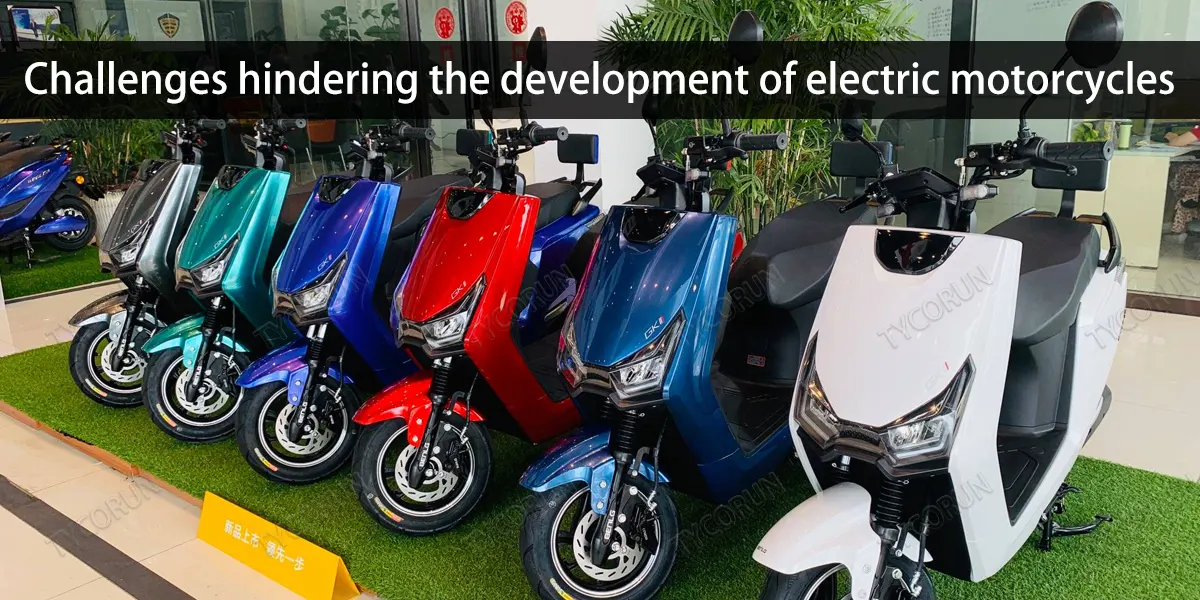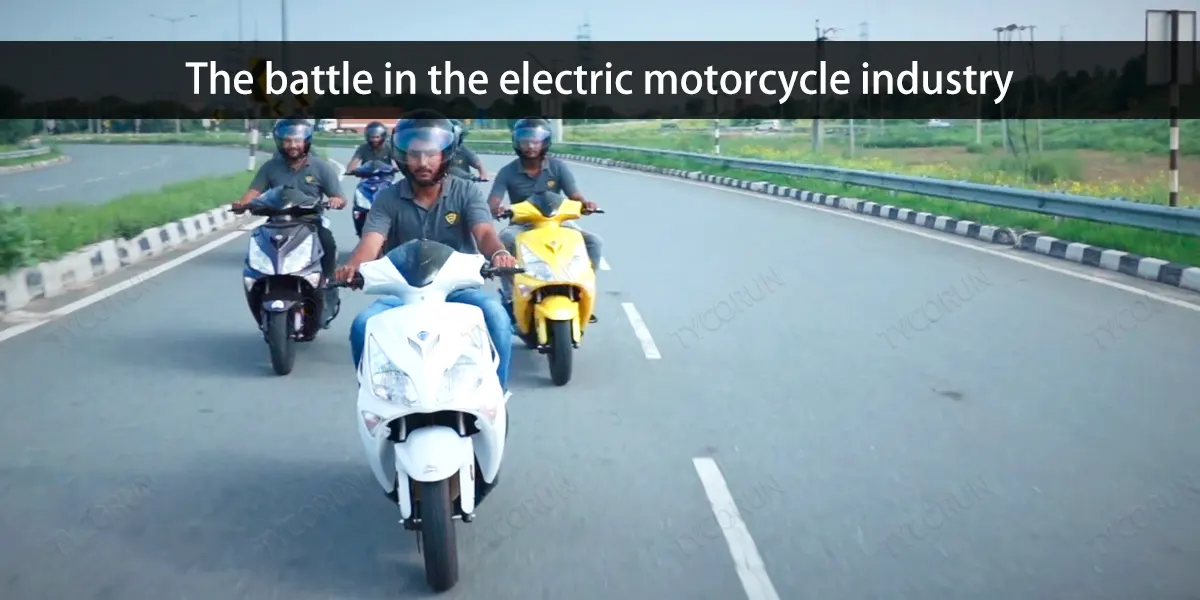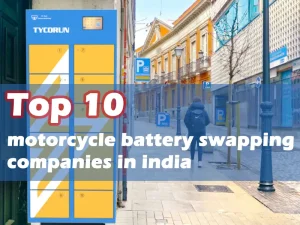Home » lithium ion battery knowledge » Challenges and opportunities in the electric motorcycle market
Challenges and opportunities in the electric motorcycle market

Potential growth of global electric motorcycle market
The wave of electrification has also spread to the motorcycle field.
With the support of the electrification trend and the increasingly mature automobile supply chain, motorcycles that use fuel as their main power also have the imagination to copy “Tesla” in the two-wheeled vehicle field and promote substitution and upgrading. They are expected to become the first choice in the two-wheeled field.
According to report estimates, the global electric motorcycle market is expected to reach 69.3 billion RMB in 2026, with an annual growth rate of 6.5%; China’s motorcycle production will reach 22.5 million units in 2027, of which electric motorcycles will account for 30%.
Asia is the main production and sales place for motorcycles. Limited by economic level and infrastructure conditions, fuel motorcycles are an important productivity tool for commuting and transportation in Southeast Asian countries. In the context of “carbon neutrality”, Southeast Asian governments are also vigorously promoting “oil-for-electricity”, driving considerable market growth space.
Take Indonesia as an example. As of the end of 2022, there were approximately 130 million registered motorcycles in Indonesia. On average, one in every two Indonesians owns a motorcycle. The Indonesian government has also launched electric motorcycle purchase subsidies to purchase eligible electric motorcycles. The motorcycle subsidy is 7 million Indonesian rupiah (approximately 3,255 yuan). In the 2023 and 2024 fiscal years, the maximum subsidy amount planned by the Indonesian government is 200,000 vehicles and 600,000 vehicles respectively.
Traditional and new manufacturers participate in electrification
Betting on the electrification opportunities of motorcycles, traditional electric vehicles and fuel motorcycles, new start-up brands and established forces, and even automobile companies have entered the game.
For example, Honda last year made clear the timetable for the electric transformation of the two-wheeled field: it will stop producing two-wheeled gasoline vehicles in the mid-2040s, and new vehicles will be converted into pure electric motorcycles; in 2030, it will replace 3.5 million vehicles equivalent to 15% of global sales with pure electric motorcycles.
BMW previously announced that starting from 2030, all BMW Motorrad urban travel series will be electrified, and BMW Motorrad will launch an electric motorcycle globally every 18-24 months. Harley also has an electric motorcycle division, LiveWire, which was split in 2022 and listed on the New York Stock Exchange through SPAC, becoming the “first electric motorcycle stock” in the United States.
Traditional two-wheeled electric vehicle brands such as Yadi and Mavericks have also joined the fray. For example, Yadi launched a new brand “Feiyue” this year, positioning it as a “higher-end smart electric vehicle” and released its flagship electric motorcycle FD9. New start-up brands are springing up, such as American electric motorcycle brand Zero Motorcycles, Southeast Asian brand SWAP, and so on.
On the industrial side, the mature electric vehicle supply chain is “sinking” towards two-wheelers, and some companies are exploring the “electric motorcycle” scenario. For example, Ampace, a joint venture between CATL and New Energy Technology, has launched LiFePO4 motorcycle battery.
Challenges hindering the development of electric motorcycles
Although the picture of “oil-for-electricity” is beautiful, the electric motorcycle market is still in its infancy. According to Statista data, global motorcycle sales in 2021 will be approximately 52.3 million units, with a market size of approximately US$128.47 billion, of which electric vehicles only account for 5.7%.
The sales volume of the brand is also not high. For example, the annual sales volume of Honda’s electric motorcycles in 2022 will be about 100,000 to 200,000 units, less than 1% of the total; and according to the latest financial report, Harley’s electric motorcycle brand Livewire will have sales in the second quarter of 2023. Sales volume was only 33 units. Many electric motorcycle products have not yet entered the mass production stage and await larger-scale market testing.
The main limitation hindering growth is that based on the existing supply chain, electric motorcycles are mostly not superior in performance and cost-effectiveness compared to fuel motorcycles; emerging markets such as Southeast Asia have insufficient infrastructure and poor replenishment experience.
Although there are many manufacturers entering the market, there are still few technological breakthroughs or paradigm innovations. If the method of switching from oil to electricity does not have breakthrough technological subversion, it will be difficult to achieve a higher cost performance than fuel vehicles, and consumers will have to rely on policy-driven choices. For example, some government subsidies in Europe can reach about 30%, making the price of electric vehicles similar to that of fuel vehicles, but the performance is still far lower than that of fuel vehicles.
Many electric motorcycle manufacturers’ products are mainly assembled. The technological development of batteries, motors, electronic controls, and innovations in the combination of software and hardware such as BMS require the cooperation of suppliers. A motorcycle is a two-wheeled product. It is affected by factors such as wheelbase, three-dimensional space limitations, sitting height, sitting posture, and center of gravity balance. It has an invisible but strict design boundary. It is not as flexible as the layout space of automobile parts in the body.
Electric motorcycles are divided into high power and low power. The technology of low-power products, especially three-electricity and one-control, is relatively easy to implement. Domestic companies have accumulated considerable research and development on electric scooters or low-power electric motorcycles; as for high-power products, when comparing traditional fuel vehicles over 500CC or even 750CC, there are more things to consider.
For example, if the battery life is to be more than twice that of traditional fuel vehicles, more batteries must be installed, and the car will be heavier. The vehicle weight will directly affect battery life and control. In addition, the charging method must also be adjusted accordingly. The ability to use car-grade DC fast charging and maximize the use of existing charging infrastructure is a solution to user range anxiety. At the same time, battery swapping is also a major direction to solve the battery life problem in the future.
In response to current challenges, electric motorcycle companies are also improving product performance and charging experience through forward research and development, product structure innovation, integrating supply chains, and co-building infrastructure to promote the development of the industry and themselves.
The battle in the electric motorcycle industry
If the turning point is not far away, who has the advantage between the rookies and the traditional forces? The current landscape has yet to be determined. Traditional forces have accumulated experience in branding, manufacturing capabilities and market channels, while new forces are more focused and have lighter burdens in product innovation.
In the end, it’s the product that speaks. Now the industry needs a brand like Tesla to make a product like Model S. Let everyone experience that electric motorcycles are the same as fuel motorcycles, and even do better than fuel motorcycles in some aspects, which can lead to a large-scale explosion of the entire industry.
The leading companies that can emerge in the future must be innovative companies that can achieve bottom-level innovation; there will also be companies like BYD, one of the top 10 power battery companies, which have strong manufacturing capabilities and market expansion capabilities, and will most likely be traditional oil truck companies; and there will be about five companies that engage in vertical market segmentation.
On top of products, brand and channel capabilities will also be the decisive points. In particular, online and offline omni-channel capabilities are becoming more and more important nowadays. Offline, direct sales and distribution channels will be rolled out, and after-sales services will be improved. Online, we will directly face consumers through our own channels, display more brand details, control the sales pace, and build a deeper brand experience.


